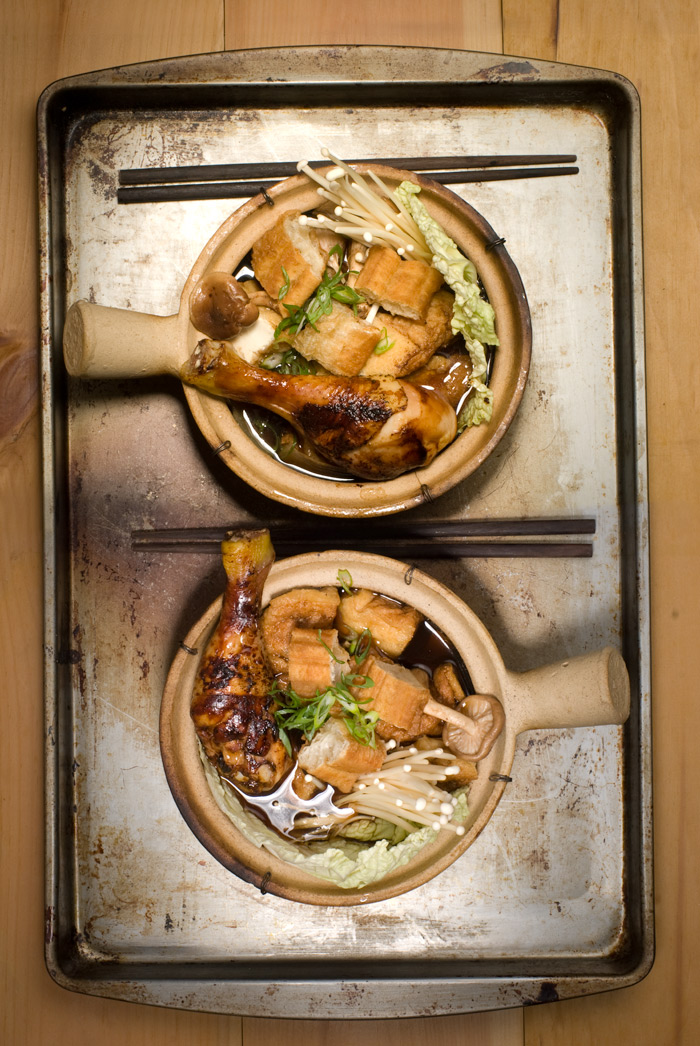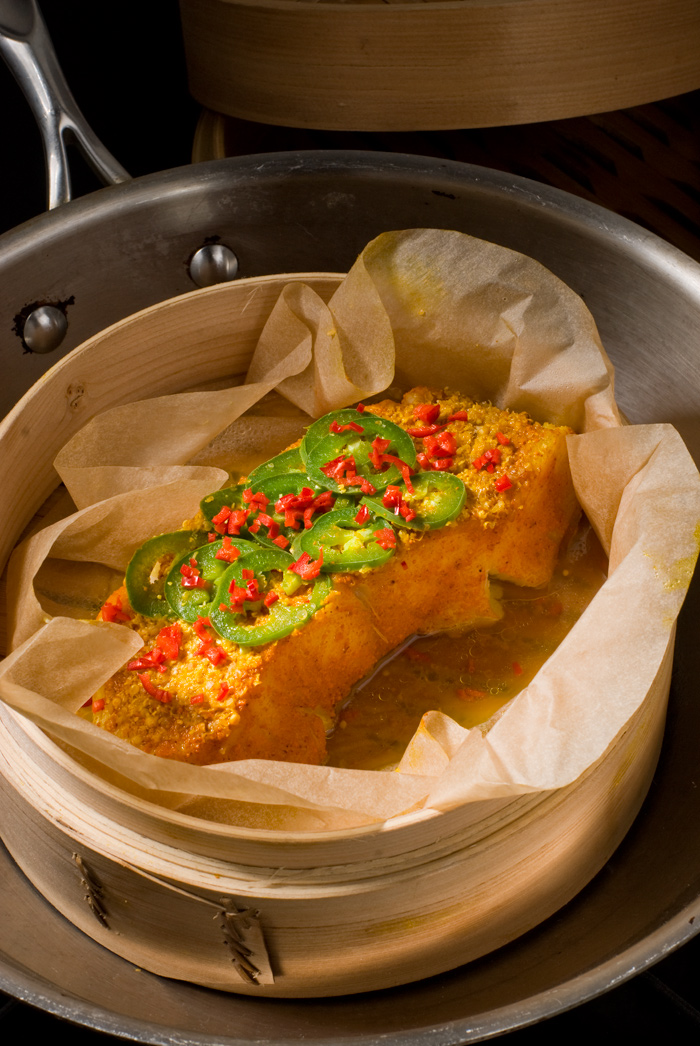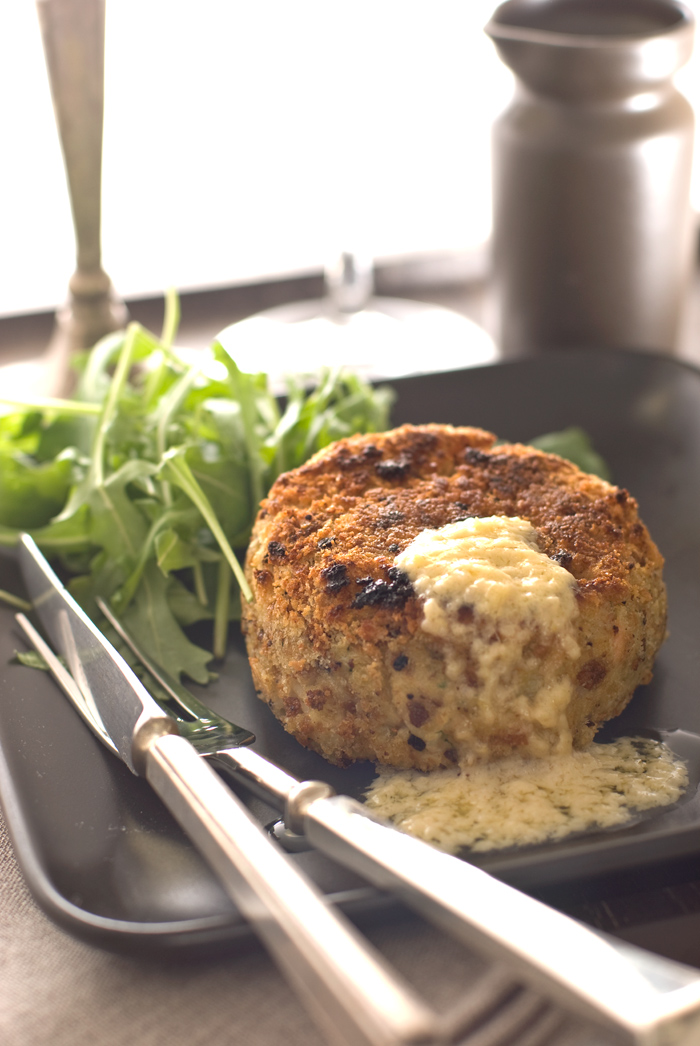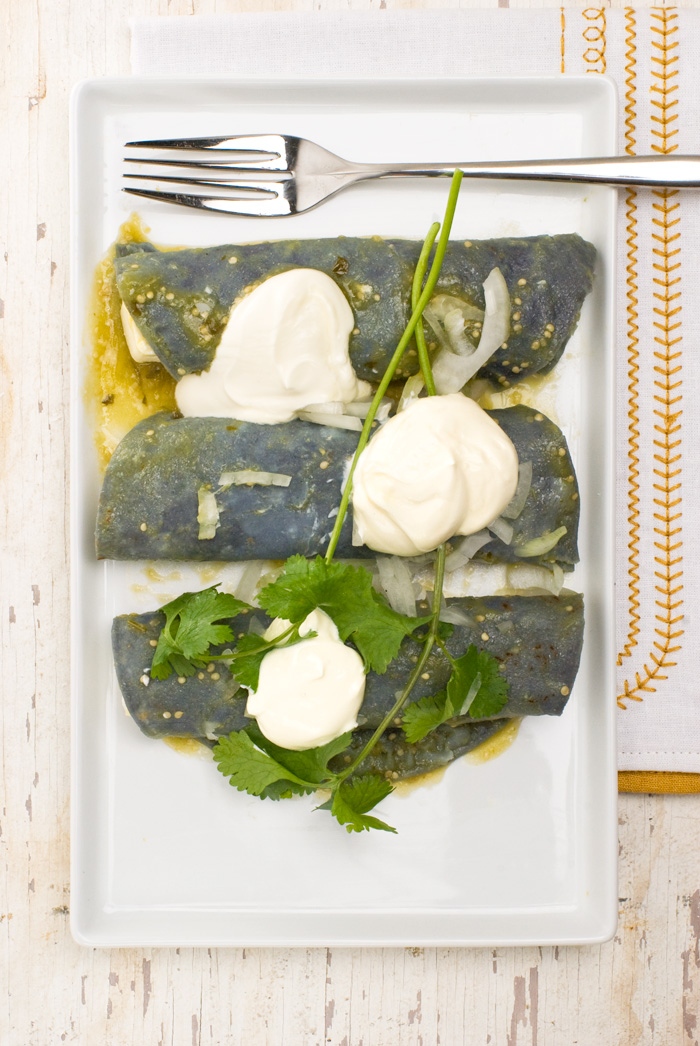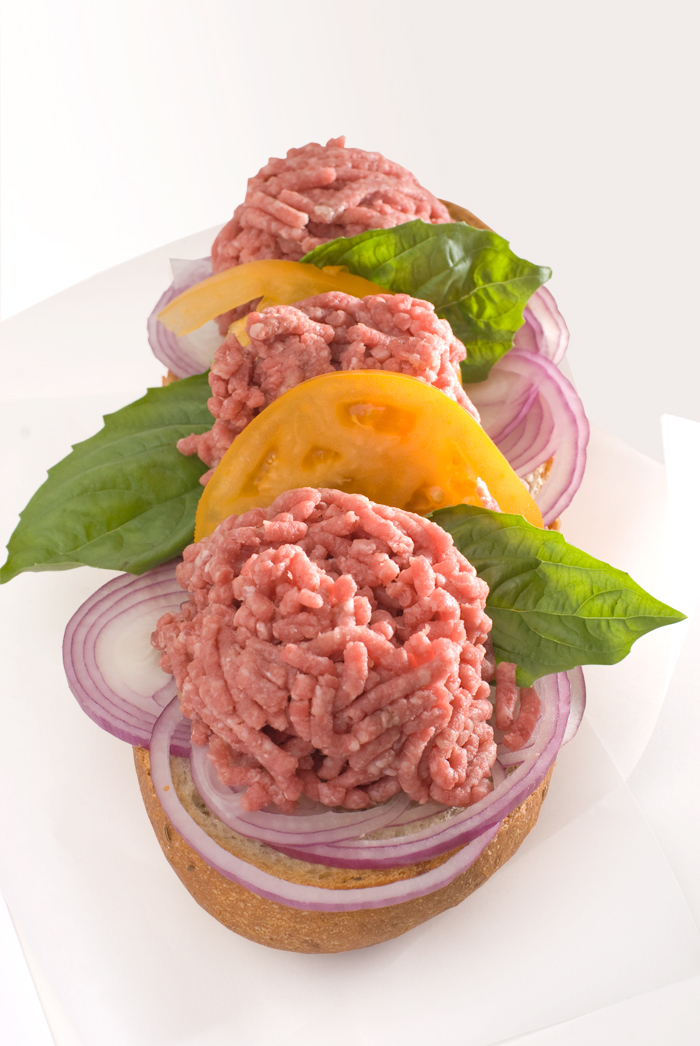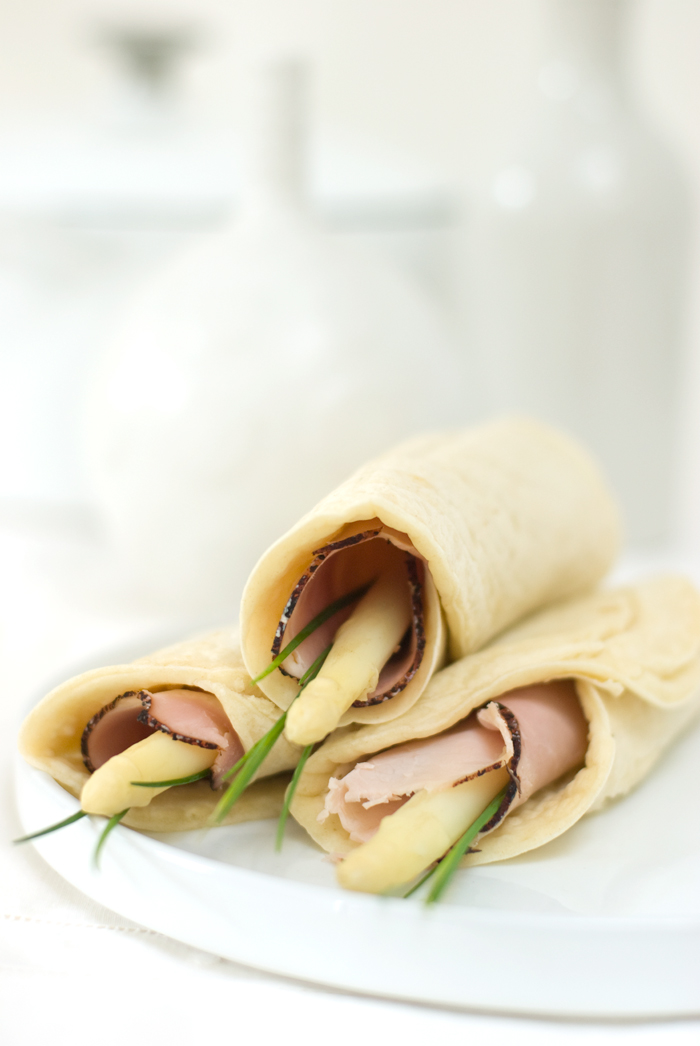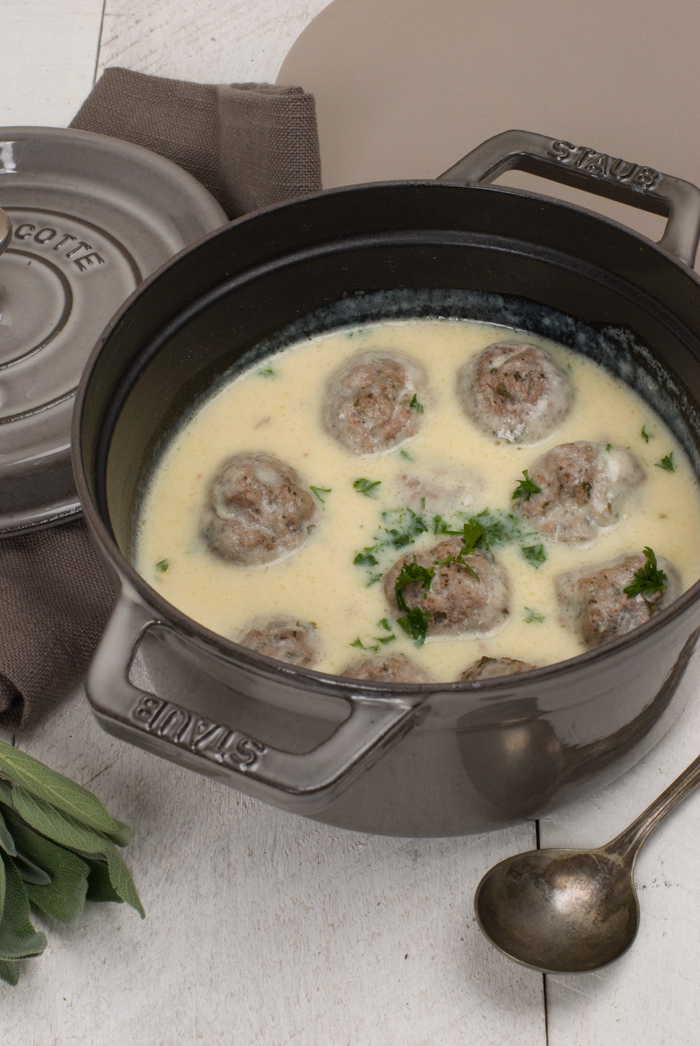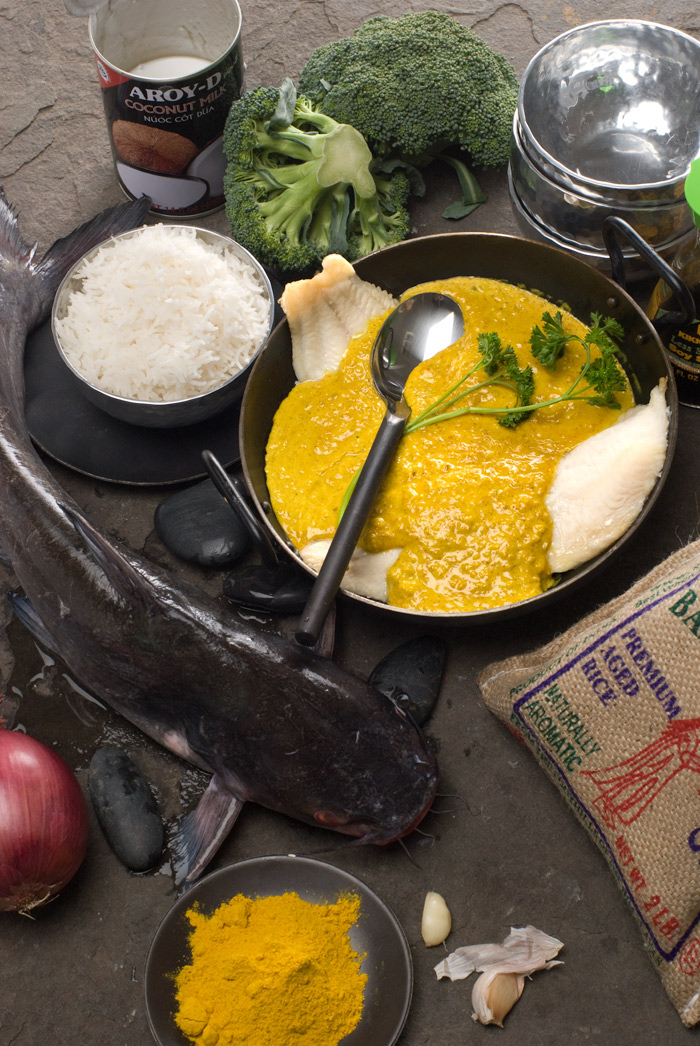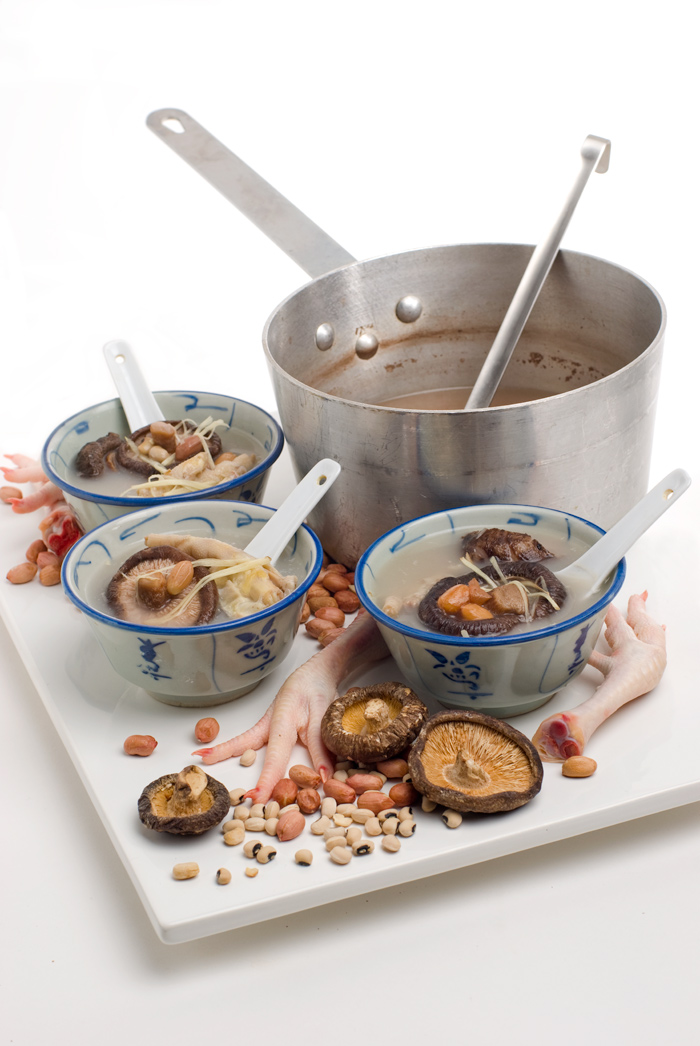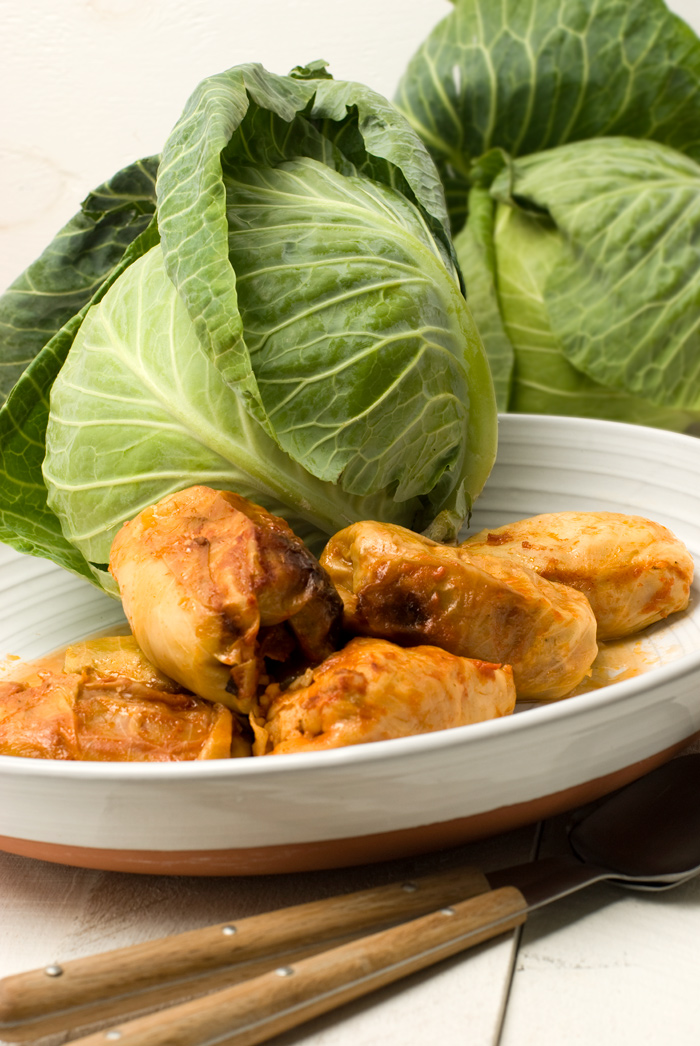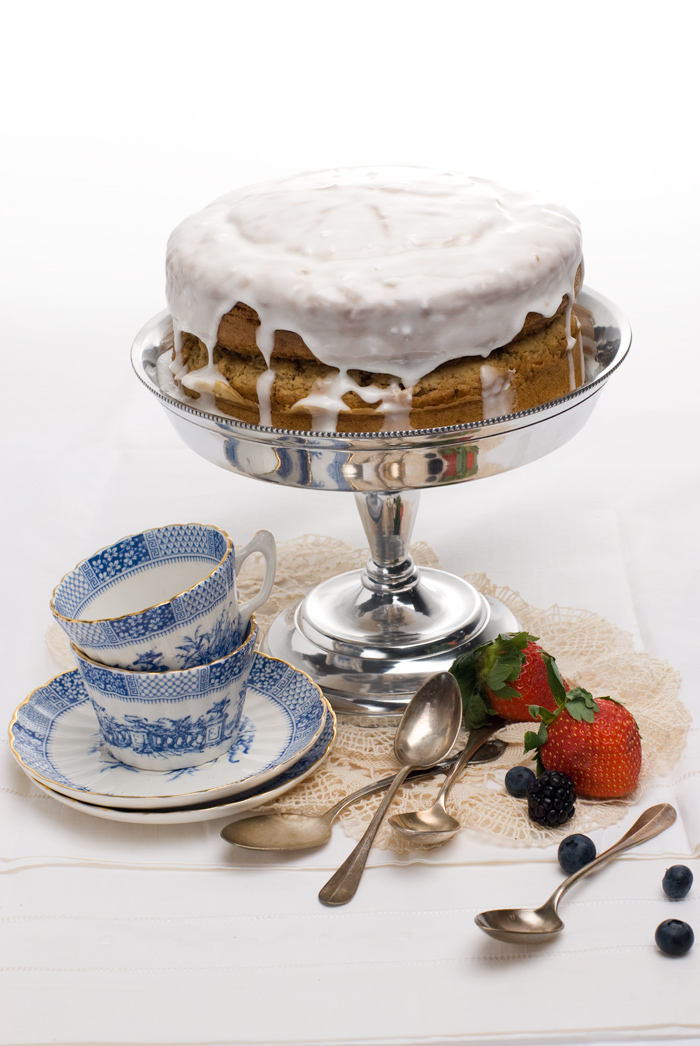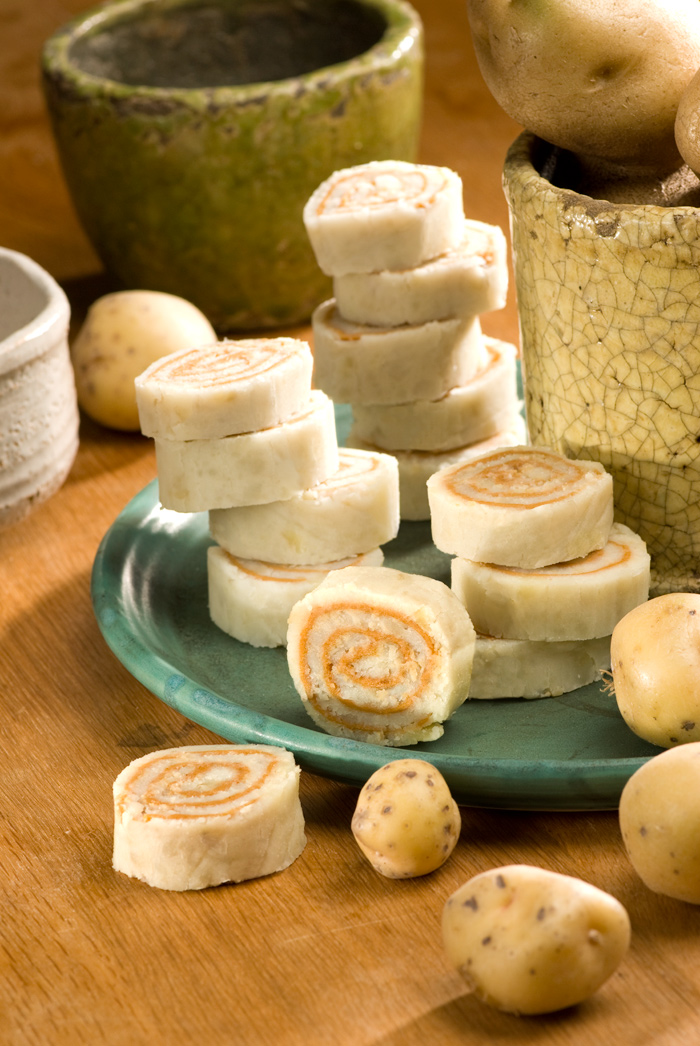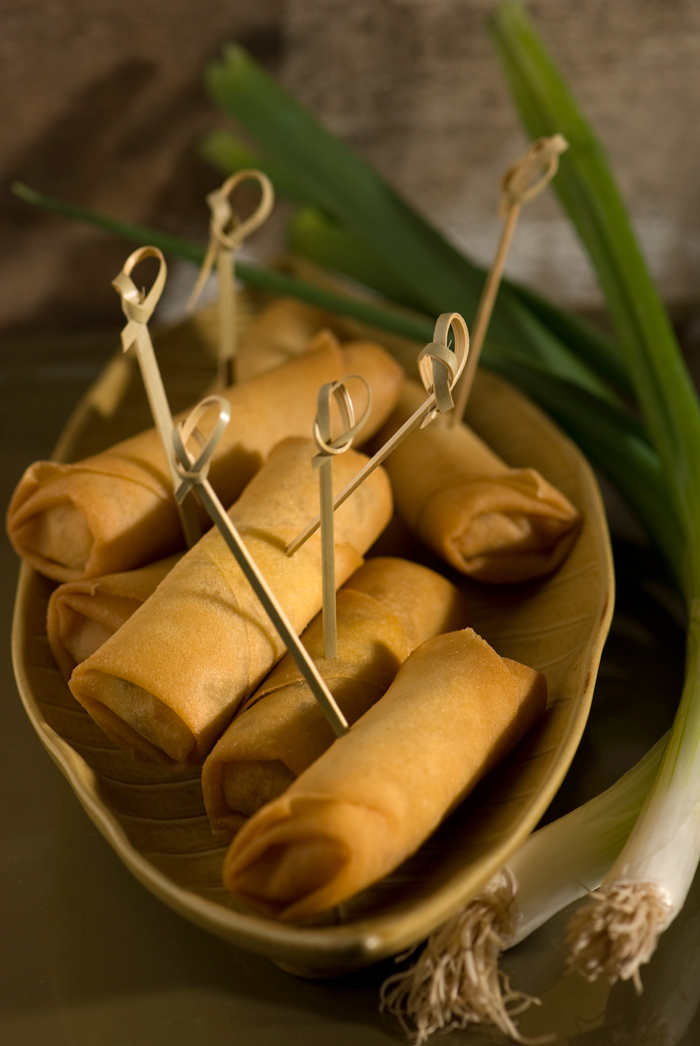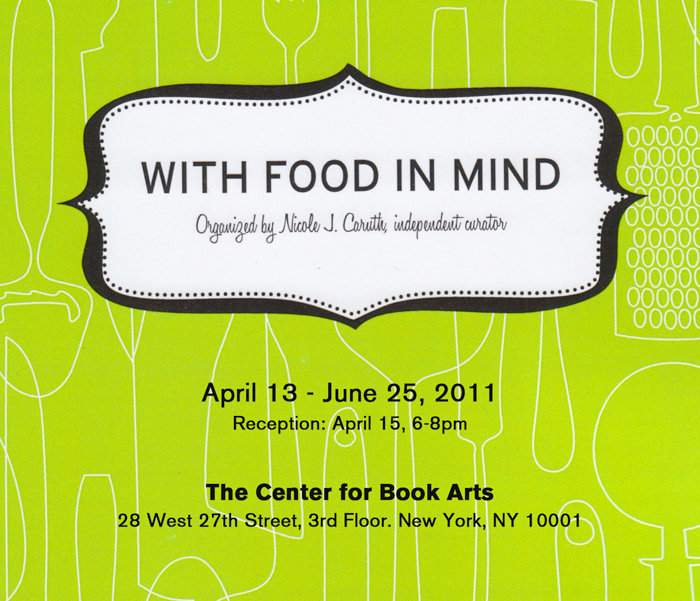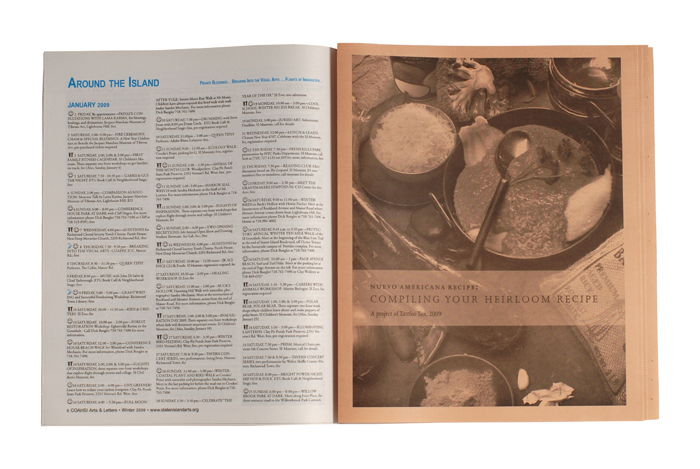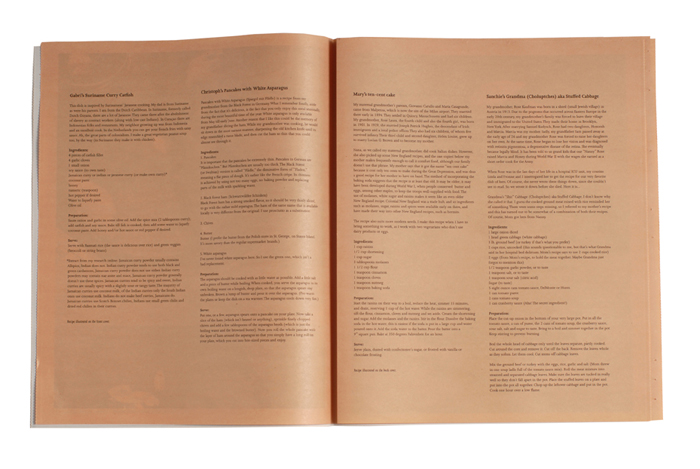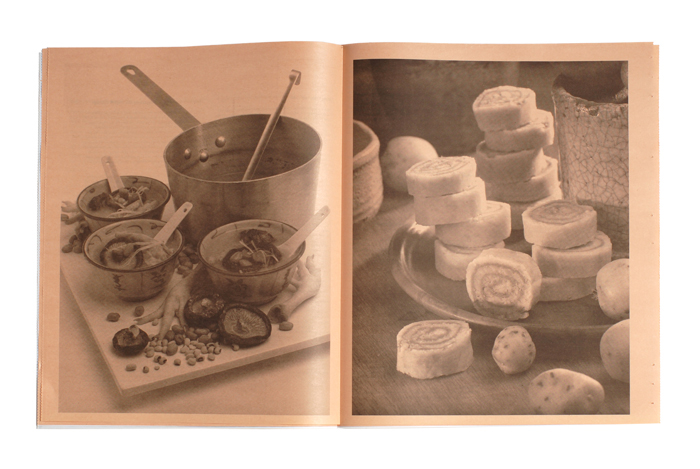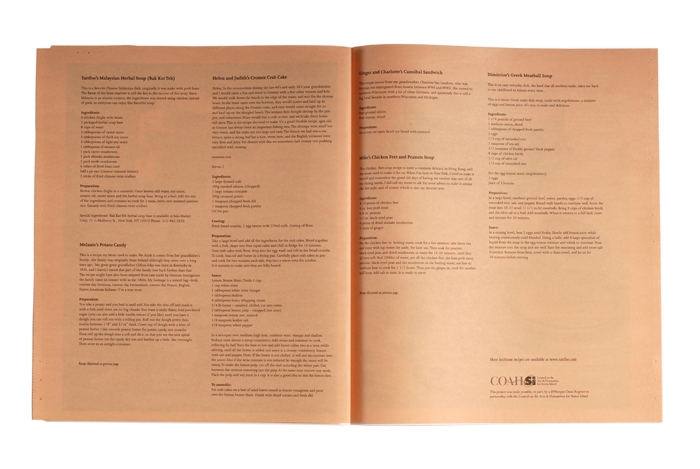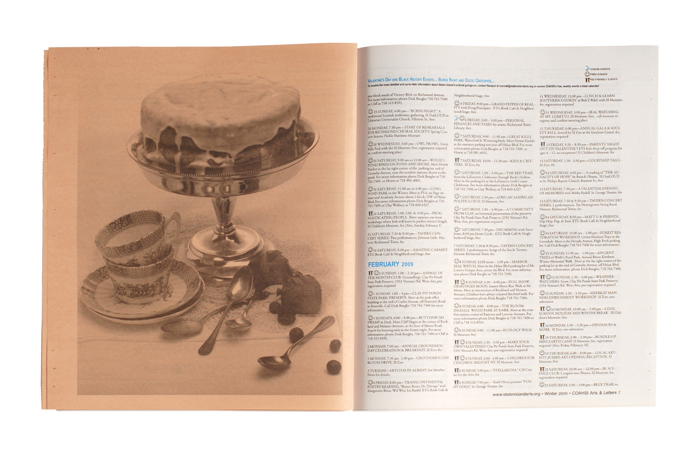Nuevo Americana Recipes is a project compiling stories, recipes and photo essays of the immigrant experience expressed through their cuisine. This journal is a blog and a printed suppliments to Council on the Arts & Humanities for Staten Island's newsletter. I’ll seek and compile recipes from a panoply of various authors and contributors and investigate what they consider their special comfort food and heirloom recipes—those passed down from generation to generation. Contributors might be immigrants or descendants of immigrants who brought these recipes with them from their homeland. The journal will include stories of the immigrant journey to America, family histories, photographs of the contributors and their ancestors and families, illustrations of cooking techniques, and introductions to some of the exotic ingredients in these recipes that might not be familiar to North American readers. preparation time: Now
Related article: For Dinner (and Fast), the Taste of Home
"Cooking is the most ancient of the arts, - Anthelme Brillat-Savarin 1755-1826
|
|
Tattfoo's Malaysian* Herbal Soup (Bak Kut Teh) This is a favorite Chinese Malaysian dish, originally it was make with pork bone. The flavor of the bone marrow is still the key to the success of this soup. Since Malaysia is an islamic country, the ingredients was altered using chicken instead of pork, so everyone can enjoy this flavorful soup. Ingredients: Preparation: Brown chicken thighs in a casserole. Once brown add water, soy sauce, sesame oil, oyster sauce and the herbal soup base. Bring to a boil. Add the rest of the ingredients and continue to cook for 2 mins. Serve over steamed jasmine rice. Garnish with fried chinese twist crullers. Special ingredients: Bak Kut Teh herbal soup base is available at Asia Market Corp, 71 ½ Mulberry St., New York, NY 10013 Phone: 212-962-2020 *What are Malaysians eating? They eat mostly street food, from hawkers and vendors on the curb or at a food center. This is a blog that documents the gastronomie of Kuala Lumpur. http://masak-masak.blogspot.com/
Anil's Steamed Fish With Shorshe Bata (ground mustard) This is a simple recipe for Mustard Fish, a simple delicacy from Bengal, India, where I grew up. Ingredients: Preparation: Grind the mustard seeds with a little water to form a granular paste. Grind green chilies to a paste and mix with the mustard seed paste. Smear turmeric powder, salt and the paste on the fish. Put on banana leaf and pour the mustard oil on top. Wrap the leaf carefully, and put inside a steamer; steam 10-15 minutes till meat is tender. Remove and serve hot. Special ingredients: Indian ingredients are available at Kalustyan's, 123 Lexington Avenue, between 28th and 29th Street, New York, NY 10016 Phone: 212-685-3451
Helen and Judith's Cromer Crab Cake Helen, In the summertime during the late 40's and early 50's your grandmother and I would catch a bus and travel to Cromer with a few other women and kids. We would walk down the beach to the edge of the water, and wait for the shrimp boats. As the boats came over the horizon, they would scatter and haul up in different places along the Cromer coast, and ours would come straight for us and haul up on the shingled beach. The women then bought shrimp by the pint pot, and sometimes Mum would buy a crab or two, and we'd take them home still alive. This is the recipe she used to make. It's a good Norfolk recipe, ages old, as Cromer has always been an important fishing area. The shrimps were small but very sweet, and the crabs not too large and tasty. The lettuce we had was a Cos lettuce, quite a strong leaf but a nice, sweet taste, and the English tomatoes were very firm and juicy. For dessert with this we sometimes had creamy rice pudding sprinkled with nutmeg.
Ingredients: Coating: Preparation: Take a large bowl and add all the ingredients for the crab cakes. Blend together with a fork, shape into four equal cakes and chill in fridge for 10 minutes. Dust crab cakes with flour, drop into the egg wash and roll in the breadcrumbs. To cook, heat oil and butter in a frying pan. Carefully place crab cakes in pan and cook for two minutes each side. Pop into a warm oven for another 3-4 minutes to make sure they are fully heated. Sauce: Lemon Beurre Blanc Yields 1 cup 1 cup white wine In a saucepan over medium-high heat, combine wine, vinegar and shallots. Reduce until almost a syrup consistency. Add cream and continue to cook, reducing by half. Turn the heat to low and add butter cubes two at a time while stirring, until all the butter is added and sauce is a creamy consistency. Season with salt and pepper. Note: If the butter is not chilled, it will not incorporate into the sauce. Also if the wine mixture is not reduced far enough the sauce will be runny. To make the lemon pulp, cut off the rind including the white part. Cut between the sections removing just the pulp. At the same time remove any seeds. Place the pulp and any juice in a cup. It is also a good idea to zest the lemon first.To assemble: Put crab cakes on a bed of salad leaves tossed in lemon vinaigrette and pour over the lemon beurre blanc. Finish with diced tomato and fresh dill. * definition of dressed crab: http://www.bbc.co.uk/food/get_cooking/recipes/081.shtml
Blanka's Enchiladas Verdes Ingredients: Preparation: Boil tomatillos and chile serrano. Chop cilantro, onion and garlic and blend together all the above ingredients. Fry tortillas gently and then dip them in the tomatillo sauce. Cut queso in strips and wrap with tortillas. Garnish with onion, sour cream, cilantro and lettuce.
Ginger and Charlotte's Cannibal Sandwich This recipe comes from my grandmother, Charlotte Van Landerer, who was German but immigrated from Austria between WWI and WWII. She moved to northern Wisconsin with a lot of other Germans, and apparently this is still a big local favorite in northern Wisconsin and Michigan.
Christoph's Pancakes with White Asparagus Pancakes with White Asparagus (Spargel mit Flädle) is a recipe from my grandmother from the Black Forest in Germany. What I remember fondly, aside from the fact that it's delicious, is the fact that you only enjoy this meal seasonally, during the most beautiful time of the year. White asparagus is only available from May till early June. Another reason that I like this could be the memory of my grandfather slicing the ham. While my grandmother was cooking, he would sit down in the most earnest manner, sharpening the old kitchen knife until its edge resembled a razor blade, and then cut the ham so thin that you could almost see through it. Ingredients: 1. Pancakes 2. Black forest ham (Schwarzwälder Schinken) 3. Chives 4. Butter 5. White asparagus Preparation: Serve:
Dimitrios's Greek Meatball Soup This is an easy everyday dish, the kind that all mothers make, takes me back to my childhood in Athens every time... Yiouvarlakia me Avgolemono: Greek Meatball Soup with Rice and Egg-Lemon Sauce In Greek the soup is pronounced yoo-var-LAHK-yah meh ahv-ghoh-LEH-moh-no.
Preparation: Sauce: In a mixing bowl, beat 2 eggs until frothy. Slowly add lemon juice while beating continuously until blended. Using a ladle, add 8 large spoonfuls of liquid from the soup to the egg-lemon mixture and whisk to combine. Pour the mixture into the soup and stir well. Taste for seasoning and add more salt if needed. Remove from heat, cover with a clean towel, and let sit for 20 minutes before serving.
Gabri's Suriname Curry Catfish This dish is inspired by Surinamese' Javanese cooking. My dad is from Suriname as were his parents. I am from the Dutch Caribbean. In Suriname, formerly called Dutch Guyana, there are a lot of Javanese. They came there after the abolishment of slavery as contract workers (along with low cast Indians). In Curaçao there are Indonesian folks and restaurants. My neighbor growing up was from Indonesia and an excellent cook. In the Netherlands you can get your french fries with satay sauce. Ah, the great parts of colonialism. I make a great vegetarian peanut soup too, by the way (in Suriname they make it with chicken). Ingredients: Preparation: Serve: *Extract from my research online: Jamaican curry powder usually contains Allspice, Indian does not. Indian curry powder tends to use both black and green cardamom, Jamaican curry powder does not use either. Indian curry powders may contain star anise and mace, Jamaican curry powder generally doesn’t use these spices. Jamaican curries tend to be spicy and sweet, Indian curries are usually spicy with a slightly sour or tangy taste. The majority of Jamaican curries use coconut milk; of the Indian curries only the South Indian ones use coconut milk. Indians do not make beef curries, Jamaicans do. Jamaican curries use Scotch Bonnet chilies, Indians use small green chilis and dried red chilies in their curries.
Mike's Chicken Feet and Peanuts Soup This chicken feet soup recipe is quite a common delicacy in Hong Kong, and my mom used to make it for us. When I'm here in New York, I tried to make it myself and remember the good old days of having my mother take care of all my dining needs. I did call my mom to ask for some advice to make it similar like her style, and of course which is also my favorite taste.
Sanchie's Grandma (Choluptches) aka Stuffed Cabbage My grandmother, Rose Kaufman was born in a shtetl (small Jewish village) in Austria in 1913. Due to the pogroms that occurred across Eastern Europe in the early 20th century, my grandmother's family was forced to leave their village and immigrated to the United States. They made their home in Brooklyn, New York. After marrying Samuel Kudysch, Rose had two daughters, Honorah and Marcia. Marcia was my mother. Sadly, my grandfather Sam passed away at the early age of 26 and my grandmother Rose was forced to raise her daughters on her own. At the same time, Rose began to lose her vision and was diagnosed with retinitis pigmentosa, a degenerative disease of the retina. She eventually became legally blind. It has been told to us grandkids that our "Nanny" Rose raised Marcia and Honey during World War II with the wages she earned as a short order cook for the Army. When Rose was in the last days of her life in a hospital ICU unit, my cousins Linda and Yvonne and I interrogated her to get the recipe for our very favorite dish of hers. Of course, she never wrote these things down, since she couldn't see to read. So we wrote it down before she died. Here it is... Grandma's "Shit" Cabbage (Choluptches) aka Stuffed Cabbage. I don't know why she called it that. I guess the cooked ground meat mixed with rice reminded her of something. There were some steps missing, so I referred to my mother's recipe and this has turned out to be somewhat of a combination of both their recipes. Of course, Mom got hers from Nanny. Ingredients: Preparation: Boil the whole head of cabbage only until the leaves separate, partly cooked. Cut around the core and remove it. Cut off the back. Remove the leaves whole as they soften. Let them cool. Cut stems off cabbage leaves.
Mary's ten-cent cake My maternal grandmother's parents, Giovanni Carullo and Maria Casagrande, came from Malpensa, which is now the site of the Milan airport. They married there early in 1894. They settled in Quincy, Massachusetts and had six children. My grandmother, Rose Laura, the fourth child and also the fourth girl, was born in 1901. In 1929, she married Joseph Patrick Hughes, the descendant of Irish immigrants and a local police officer. They also had six children, of whom five survived infancy. Their third child and second daughter, Helen Louise, grew up to marry Lucian G. Brown and to become my mother. Nana, as we called my maternal grandmother, did cook Italian dishes. However, she also picked up some New England recipes, and the one copied below my mother makes frequently enough to call it comfort food, although our family doesn't use that phrase. My mother says that it got the name "ten-cent cake" because it cost only ten cents to make during the Great Depression, and was thus a good recipe for her mother to have on hand. The method of incorporating the baking soda suggests that the recipe is at least that old. It may be older; it may have been developed during World War I, when people conserved butter and eggs, among other staples, to keep the troops well-supplied with food. The use of molasses, white sugar and raisins makes it seem like an even older New England recipe. Colonial New England was a trade hub, and so ingredients such as molasses, sugar, raisins and spices were available early on there, and have made their way into other New England recipes, such as hermits. The recipe also suits more modern needs. I make this recipe when I have to bring something to work, as I work with two vegetarians who don't use dairy products or eggs.Ingredients: Preparation:
Melanie's Potato Candy This is a recipe my Mom used to make. We think it comes from her grandfather's family--the family was originally from Ireland although they came over a long time ago. My great-great grandfather Clifton Atha was born in Kentucky in 1836, and I haven't traced that part of the family line back further than that. The recipe might have also been adapted from one made by German immigrants the family came in contact with in the 1800s. My heritage is a mixed bag--Irish, current day Germany, current day Switzerland, current day France, English, Native American Indiana--I'm a true mutt. Preparation:
Trac and Trinh's Crab Cha Gio My mother and her family made these spring rolls for all the visitors they would have (hence the large portions in the recipe) for Vietnamese New Year (Tet). They made them a day in advance because you’re not supposed to cook on New Year’s Day. Now when we make them, my mother makes the mix and prepares the rice paper and my father does the rolling. They make a good team/assembly line. Ingredients: Wrapping: 4 1/2 cups of vegetable oil for deep frying Dipping sauce: Preparation:
With Food in Mind looks at artists' use of food as subject matter or medium in book arts, print,
Nuevo Americana Recipe as an insertion in
|
